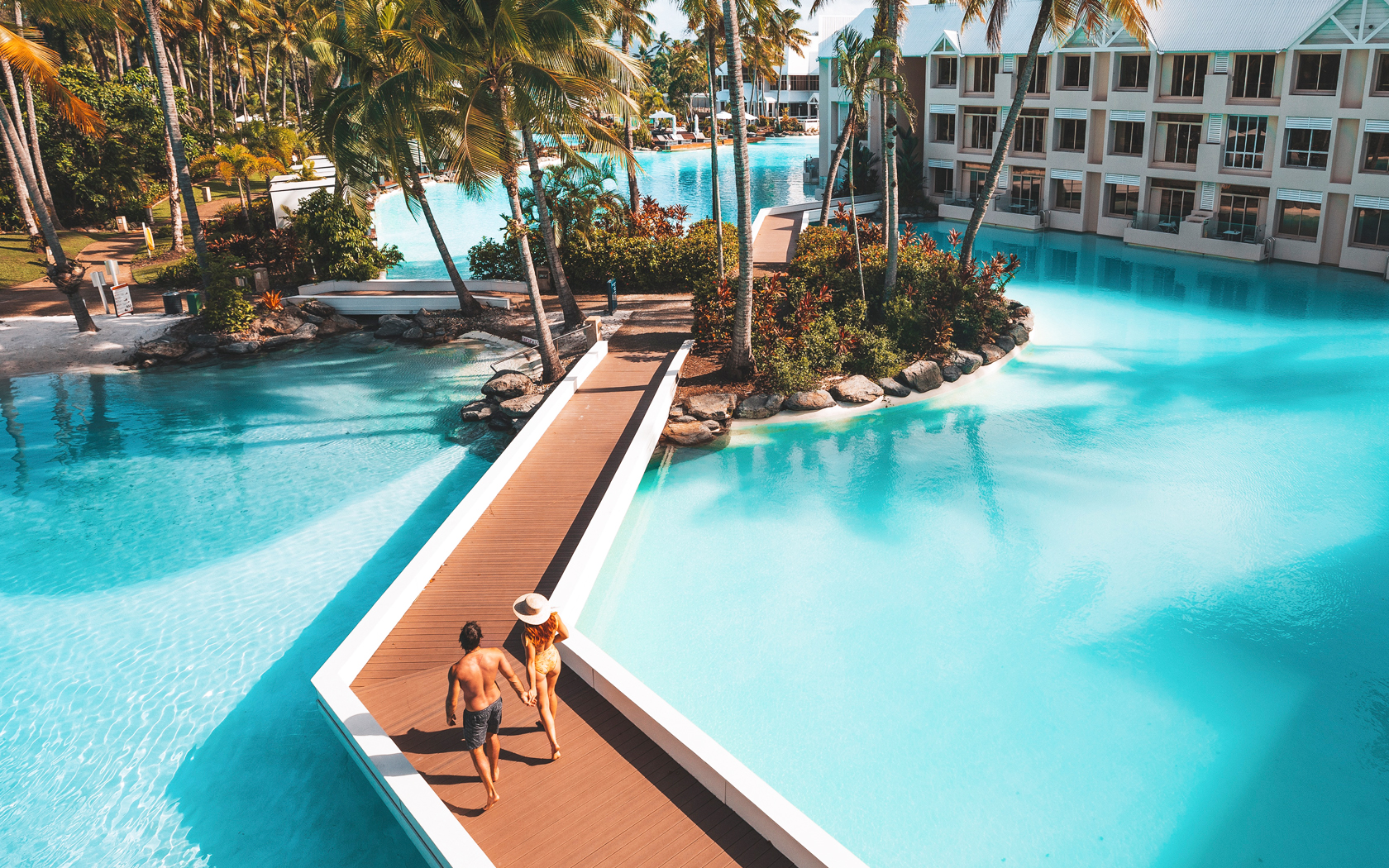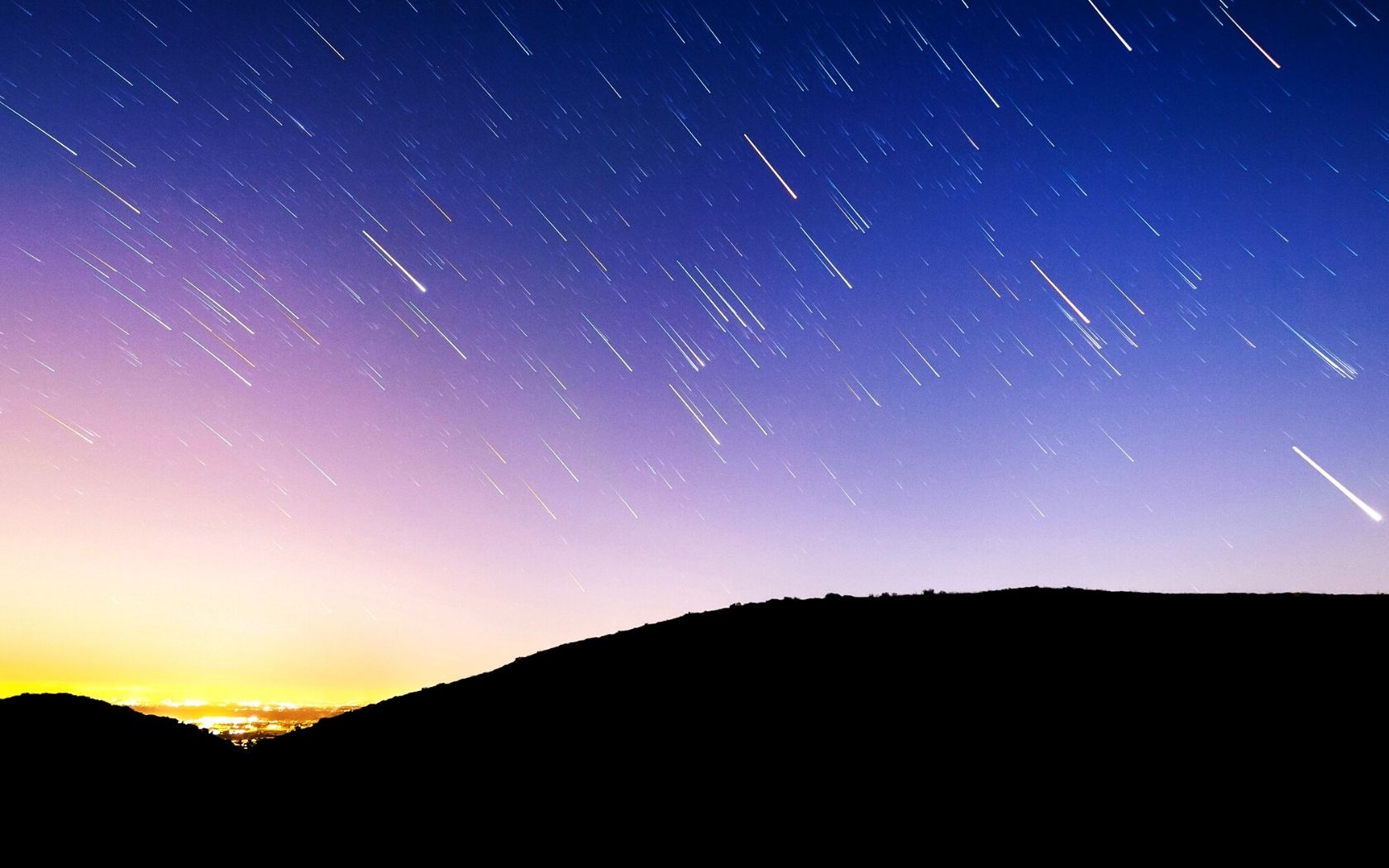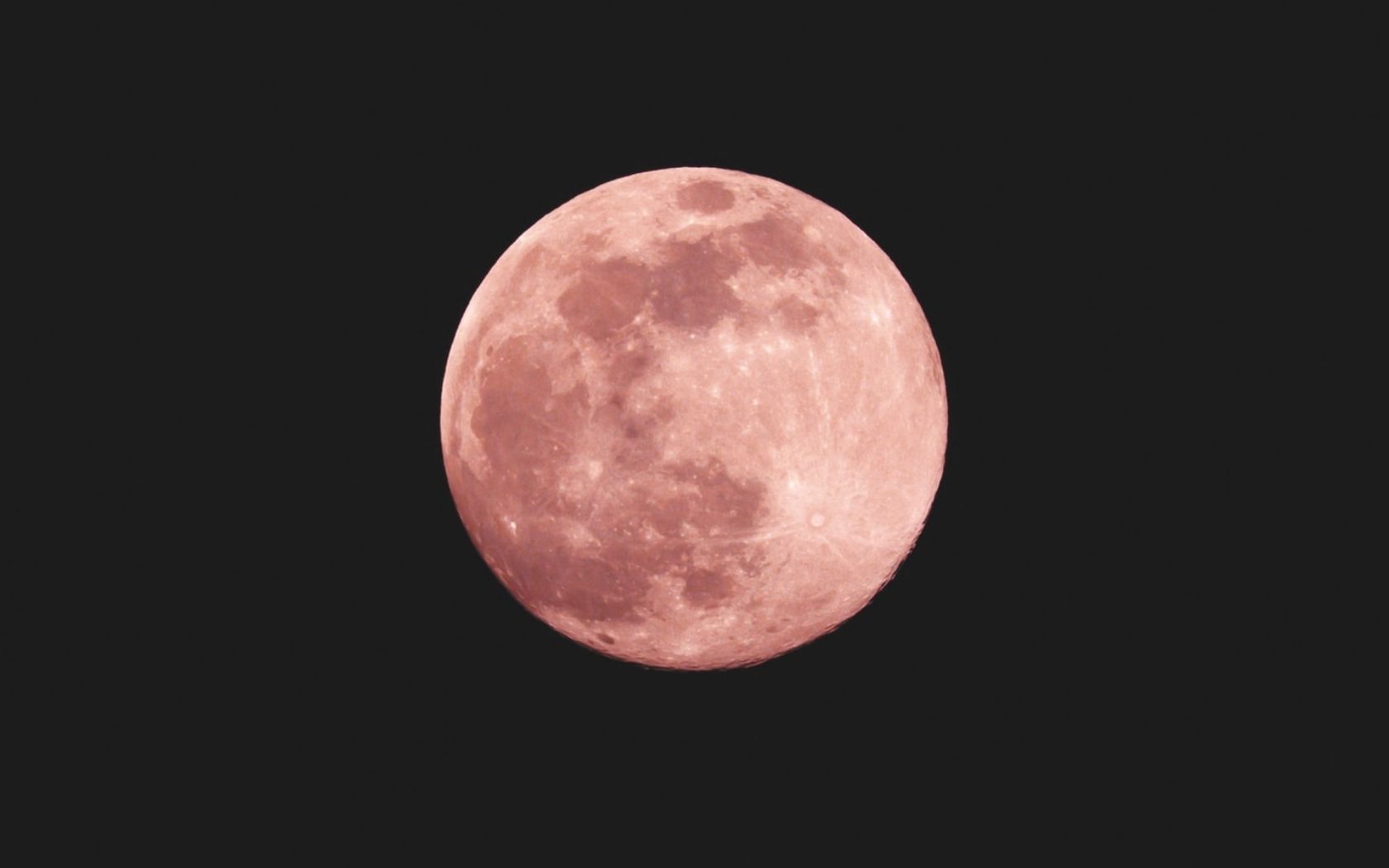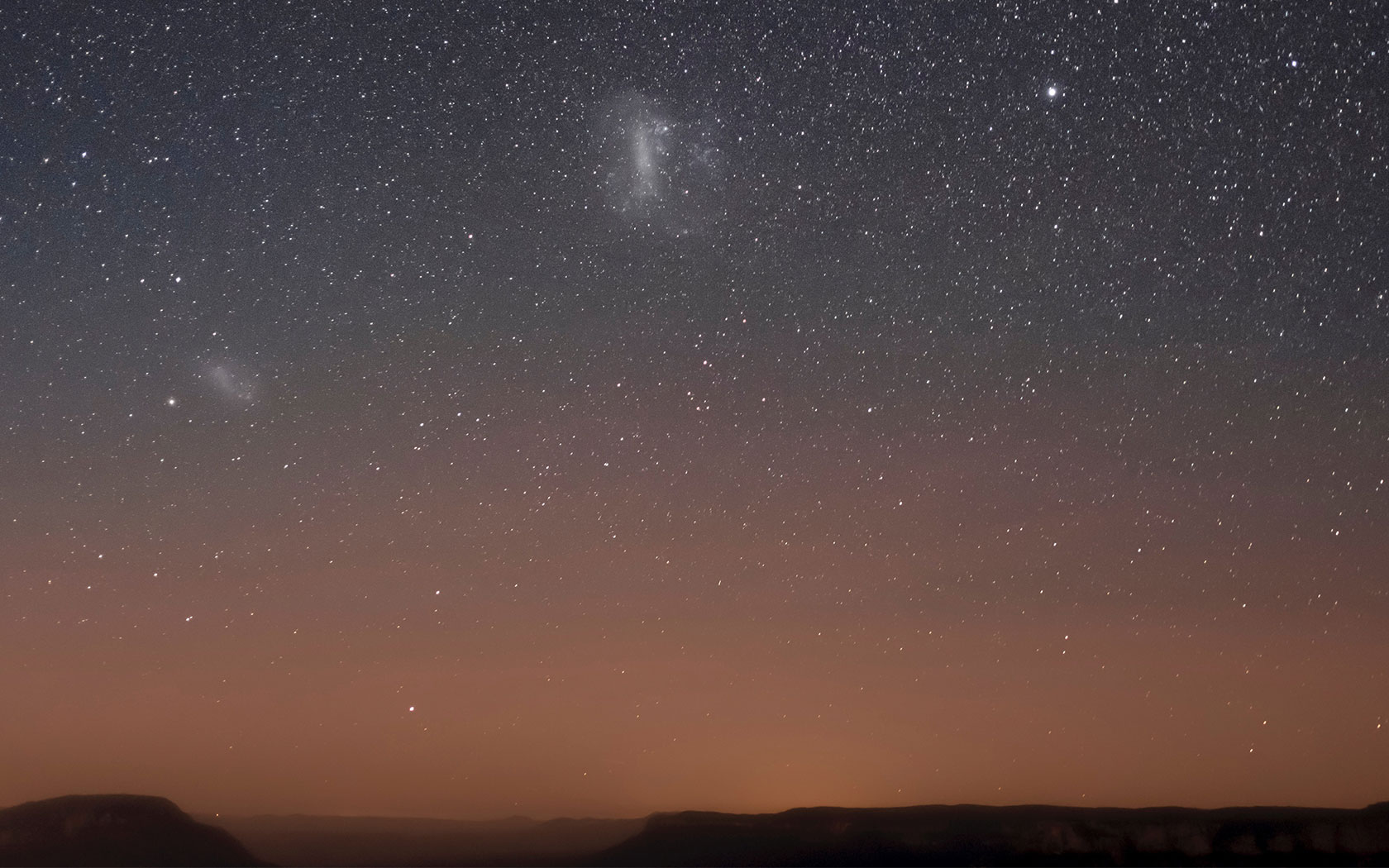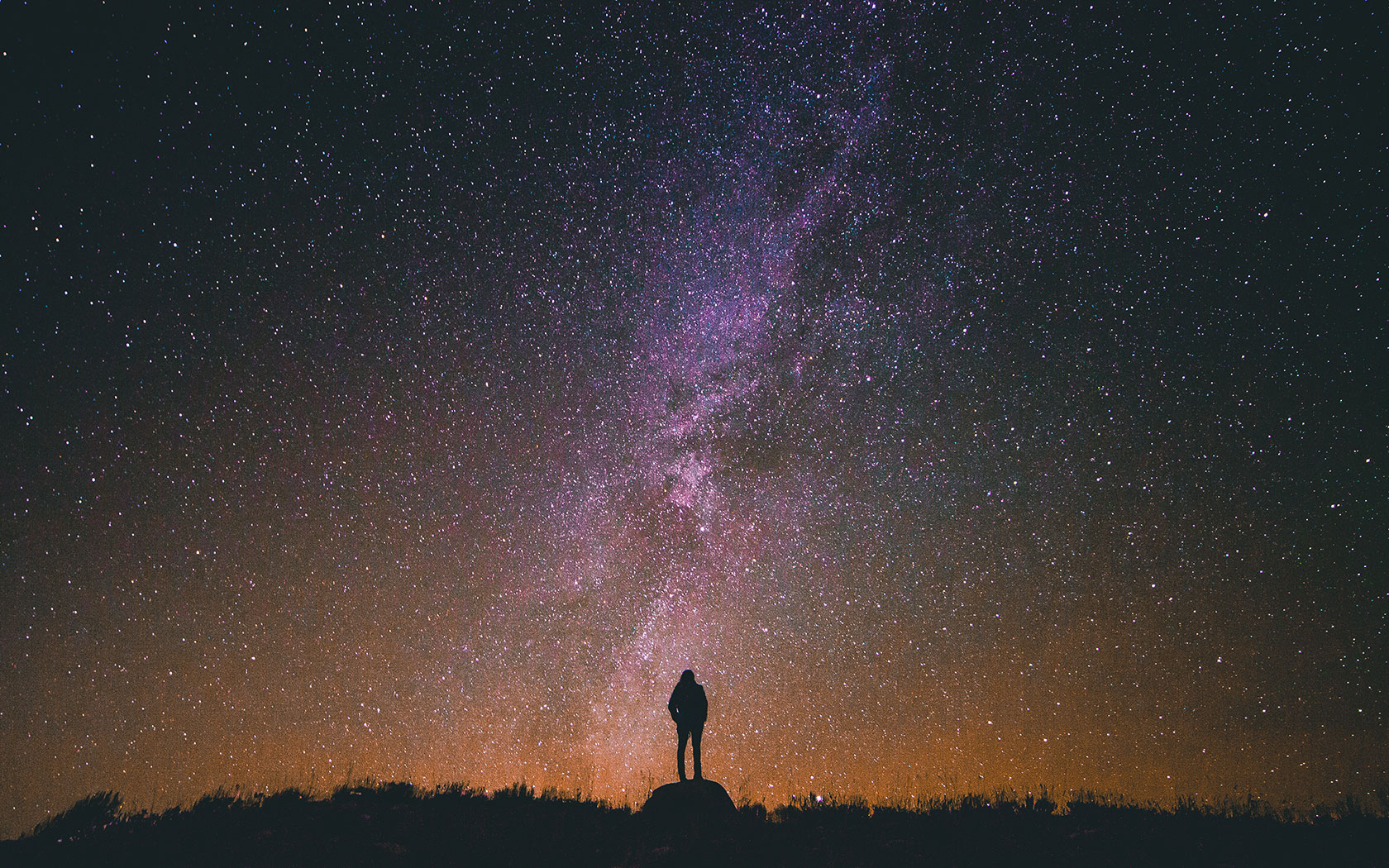Two Epic Astronomical Events Are Happening This Month, And One Hasn’t Happened For 400 Years
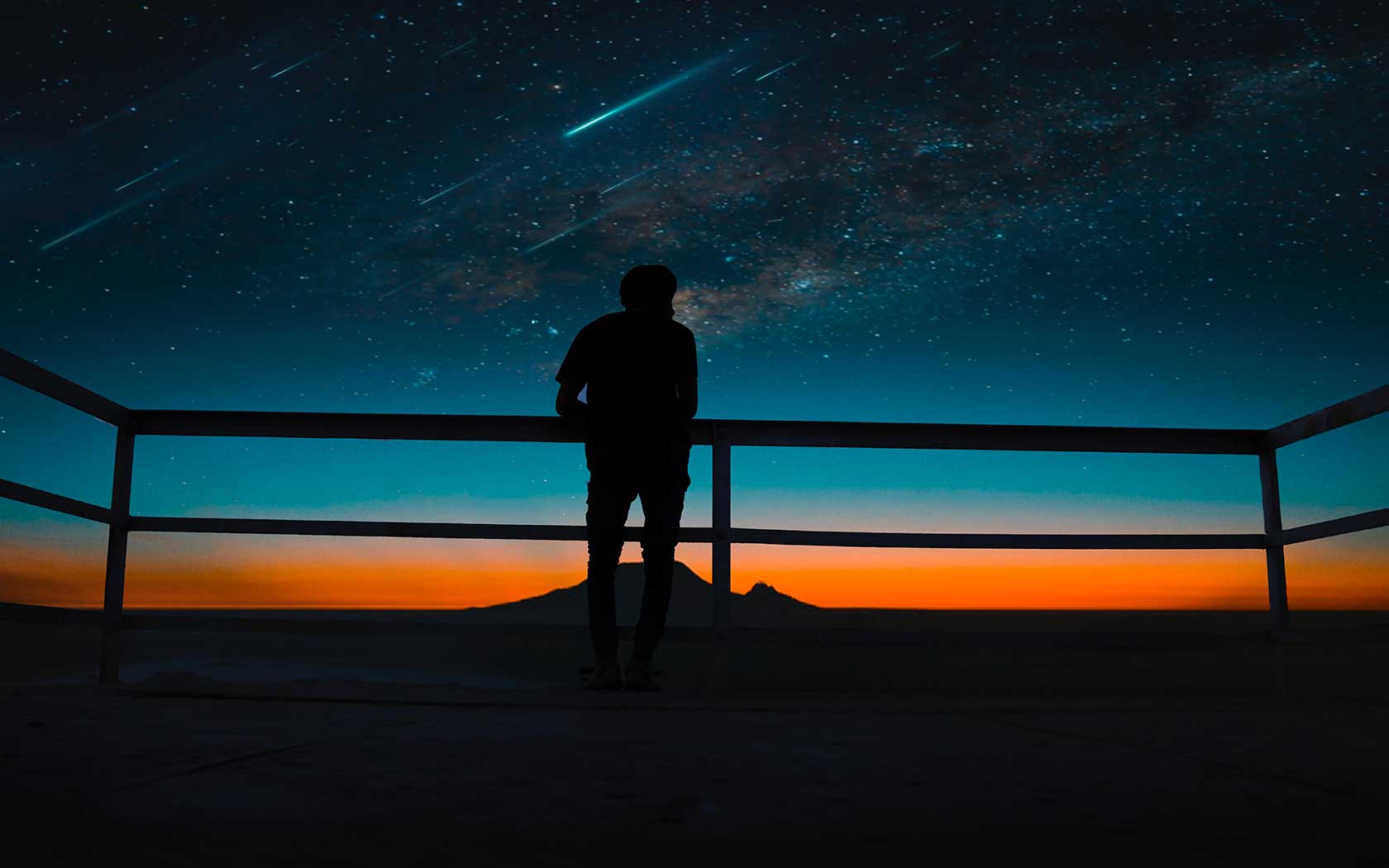
Sonia is a travel, lifestyle, and design writer and editor…
December is always a big month and the skies are no exception. We have both the Geminid meteor shower and an extremely rare conjunction between Jupiter and Saturn dubbed the ‘Christmas Star’ happening within the space of two weeks.
The Geminids are coming
One of the most spectacular meteor showers of the year happens in December, the peak of which falls over the evening of December 13 to 14. It’s meant to be one of the best we’ll get to see in the Southern Hemisphere where you can see up to 40 shooting stars an hour.
Known as the Geminid meteor shower, we’re able to witness – with our naked eye – as Earth passes through the trail of debris (mostly rock and dust) left behind by asteroid-comet 3200 Phaethon. As these particles vaporise high overhead they leave long, bright and sometimes colourful trails across the night sky.
While the Northern Hemisphere will see the shower all night, for us in the Southern Hemi, we can catch best visibility from midnight to 4am, according to the Museum of Applied Arts and Sciences (MAAS). However, some astrophysicists think you’ll have a great chance from 10:30pm onwards.
The best way to see the Geminids in all their glory is by getting to a spot without light pollution – so take a drive to a nice secluded spot and prepare to feel tiny and insignificant. In perfect timing, that weekend there’s a new moon, which will greatly help the visibility situation.
“No telescope or binoculars are required. Your eyes are the best instruments for viewing a meteor shower,” explains MAAS. However, it takes your eyes 30 minutes to adjust to the dark, so try not to look at your phone and give yourself time to get settled.
Here’s Australian Astrophysicist Kirsten Banks giving a quick rundown of the “king of meteor showers” and what to expect:
Then we have ‘The Christmas Star’
Late December 21 into early morning December 22, the two giant planets of our solar system, Jupiter and Saturn, are getting together for the first time in almost 400 years in what is known as the ‘Christmas Star’ or ‘Great Conjunction’.
“On the evening of 21 December, [Saturn and Jupiter] will be less than 1/10 of a degree apart in an event dubbed a ‘Great conjunction’,” explains MAAS. “This is the closest they have been since 1623 and until 2080.”
It causes a ‘double planet’ phenomenon, where the two planets light up like one single bright star, despite in reality being millions of kilometres apart.
The best time for Australians to catch this rare sight will be around 9pm AEDT on Monday December 21, with the planets setting over the horizon around 10:39pm AEDT. MAAS recommends setting yourself up from “civil twilight at 8:35pm” and says that “a clear view to the western horizon is the main requirement to enjoy the view.”
However, unlike the Geminids, this one will be much more exciting with some equipment. NASA recommends using binoculars or a telescope. Why? For stargazers lucky enough to have access to an amateur telescope, you might be able to clearly see both planets (hello Saturn’s rings) and some of their moons within one frame of view.
And if you’re thinking you’ll just catch the next one, be prepared to (most likely) watch it with your grandkids.
“This is the ‘greatest’ great conjunction between Jupiter and Saturn for the next 60 years, with the two planets not appearing this close in the sky until 2080,” NASA says.
(Lead Image: Pexels / Raman deep)
Sonia is a travel, lifestyle, and design writer and editor who lives for sharing a personal rec. See what she's up to @literallysonia.


